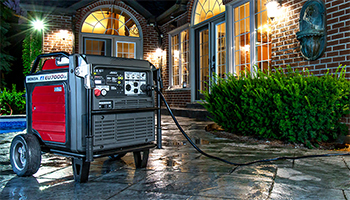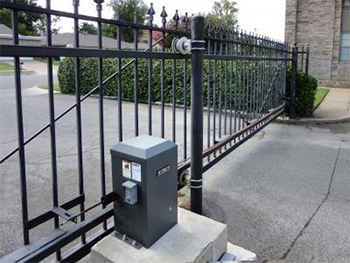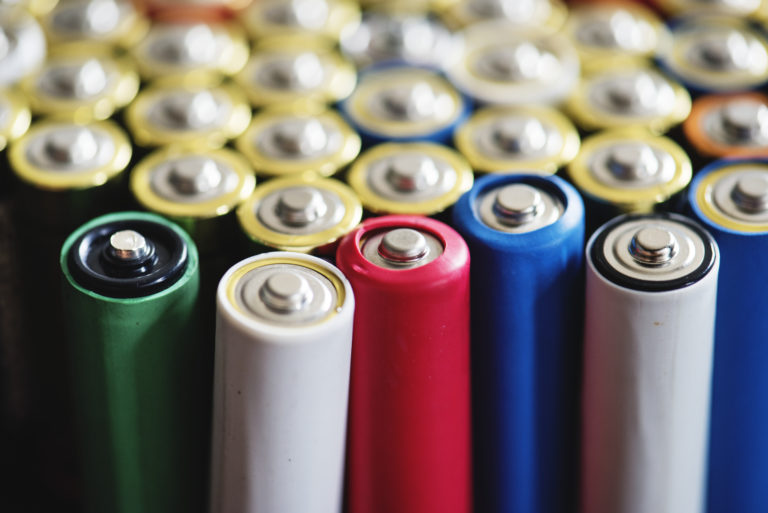Golf cart batteries: Maintenance and Replacement
The majority of deep cycle of 6 volt and 8 volt batteries should last 2 to 5 years, however harsh conditions such as extreme cold or heat can significantly reduce the lifespan of these batteries, no matter how robust. A lack of “cycling” the battery, discharging and recharging can also result in an early demise of the golf cart battery. In order to check and maintain your deep cycle 6 or 8 volt batteries, you will require the following:
Voltmeter
Goggles and Gloves
Post/Clamp Cleaner
Hydrometer
Distilled water, baking soda and Petroleum Jelly
Ensure that you are wearing the protective gear while handling any battery, also remove all jewellery as this could create an arc between the battery posts. This would result in serious injury. Avoid getting any leaked battery acid on your skin, rinse immediately if this should occur. Using the baking soda will neutralize any battery acid that has been spilled, and will also remove corrosion on or around the battery posts.
Acid should never be added to any battery. Never smoke while replacing batteries. The hydrogen gas emitted by batteries is highly flammable, even explosive in confined areas.
- Check the appearance of the batteries, are there any cracks? There should be no corrosion on the battery posts. Batteries that are damaged, leaking of bulging should be replaced.
- Vent caps must be tightened. Using baking soda, remove any dirt or debris from the top of the battery. Rinse with water and dry with a cloth. Never use cleansers or solvents.
- Disconnect the clamps. Clean the battery terminals and clamps with post and clamp cleaner
- After applying a thin coat of petroleum jelly to the battery posts, reconnect the clamps
- Once the golf cart batteries are fully charged, add water. Before charging, the water should be covering the plates inside the battery. The water level should be above the battery plates if the battery is either fully or partially discharged.







